Stadium LED display are common, but what’s the difference?The previous chapters have popularized a lot of knowledge about LED displays, and I believe you should have learned a lot. Today, I will tell you about some differences between ordinary LED displays and stadium LED displays.
Competitive sports have always been the favorite of many people. The passion and blood on the field can make the audience watching the game arouse their positive nerves. And these are all thanks to the large LED display screen. Whether it is the broadcast of the game, or the scoring and playback, you can see it.
In this regard, some spectators are also curious about the LED display in the stadium, and do not know the difference between such a display and an ordinary display. Next, let’s talk about the differences between them.
In order to ensure the convenient and accurate use of the display screen for the multi-functional gymnasium LED display, it should adhere to the requirements of high standards, high technology and high quality in the design and manufacture, which can be analyzed from the following aspects.
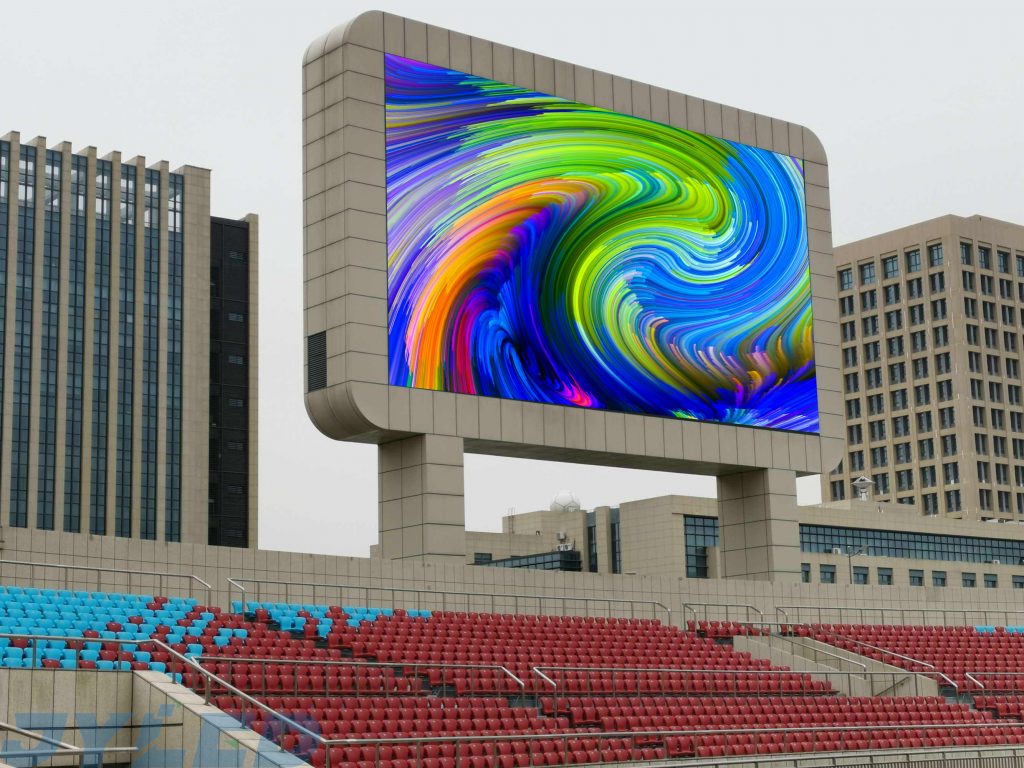
1. High standard material luminescent material. Luminescent material is an important material for display screens, especially full-color displays, and is the key to ensuring display effects, high reliability, and long life. The main reference indicators are brightness and uniformity.
The control driver chip is the guarantee of the key design of the display screen. Due to the high technical content of this part and the uneven level of manufacturers, the design of this part should be treated with care. Switch the power supply. The switching power supply is a component with a high failure rate in the display screen, and a high-quality switching power supply must be used to ensure that it can meet the use requirements of the stadium display screen.
2. High-level control technology. The stadium display screen is a large-scale facility serving competitive events. Its control technology needs to integrate advanced technologies in the industry, such as static latch technology, white balance technology, nonlinear correction technology, high grayscale technology, color uniformity technology, Video processing technology, fast moving image compensation technology, full braking control technology, etc.
3. Quality assurance of design and installation and commissioning. Gymnasium display screens are generally used in sports competitions and large-scale activities. Any fault or error will have a great impact, so stable engineering quality is the objective requirement of users. In order to meet the requirements, ensure the stable and reliable operation of the display screen, and be foolproof, it is necessary to take quality as the guide in design, production, installation, commissioning, and delivery, and use an effective quality assurance system to ensure the entire production process.
After understanding the difference between the stadium LED display and the ordinary display, let’s take a look at the classification of the stadium LED screen.
With the rise of sports events and the accelerated construction of stadiums in recent years, professional LED displays have become an important facility for game information display and live broadcast of games in stadiums. Below we briefly introduce several common stadium LED screens.
Sports stadium LED screen type
1. Live video wall
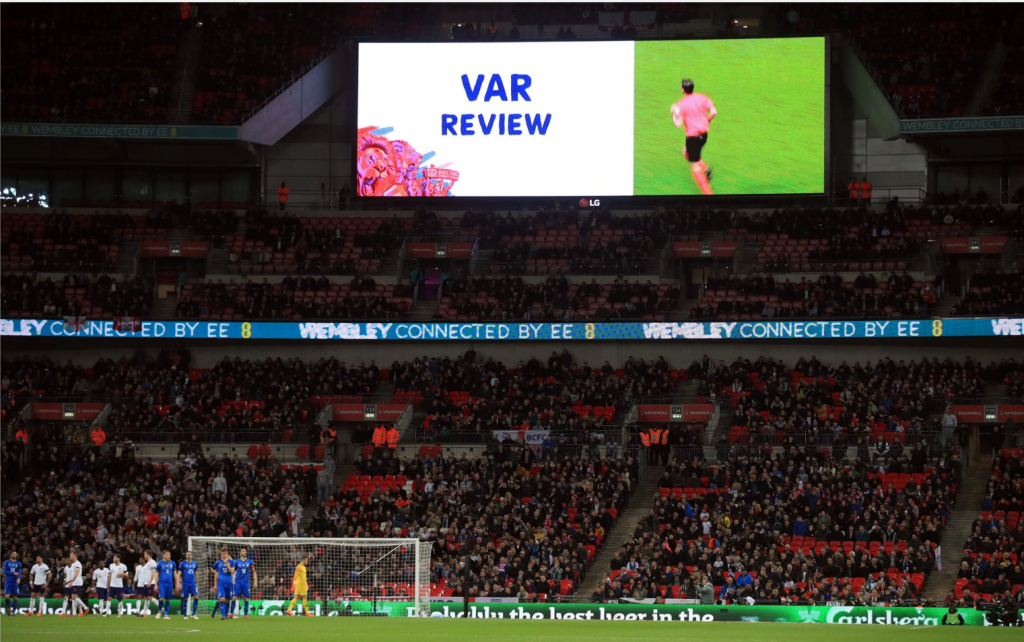
The live video wall is composed of many LED displays, including ceiling-mounted, curved, freestanding, etc., with the advantages of wide viewing angle and high image clarity. It can display the whole image or be divided into different windows, so as to ensure that each Viewers at the location will not miss every highlight of the live broadcast of the event. At the same time, it relies on the characteristics of high contrast, high refresh rate and high color reproduction, which can truly synchronize the battlefield conditions and attract potential sponsors.
2. Stadium fence screen
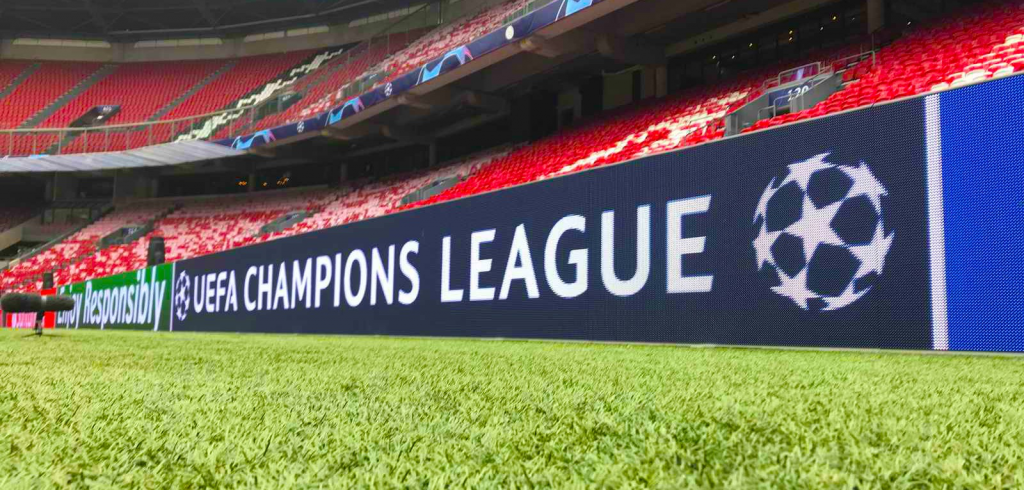
The stands of stadiums are generally equipped with fences. The use of fenced display screens can not only replace the fences in the stadiums, but also display and play more content on the display screen, so as to fully meet the display of football, basketball and handball events. need. Taking the UEFA standard of UEFA as an example, the fence LED screen requires accurate color rendering of the brand LOGO, and a high refresh rate can effectively avoid black lines and flickering during live broadcast. In addition, the stadium fence screen adopts an anti-collision design. On the one hand, it can ensure stable operation under high-intensity impact, and on the other hand, the soft mask can also prevent players from being injured.
3. Center hanging LED display
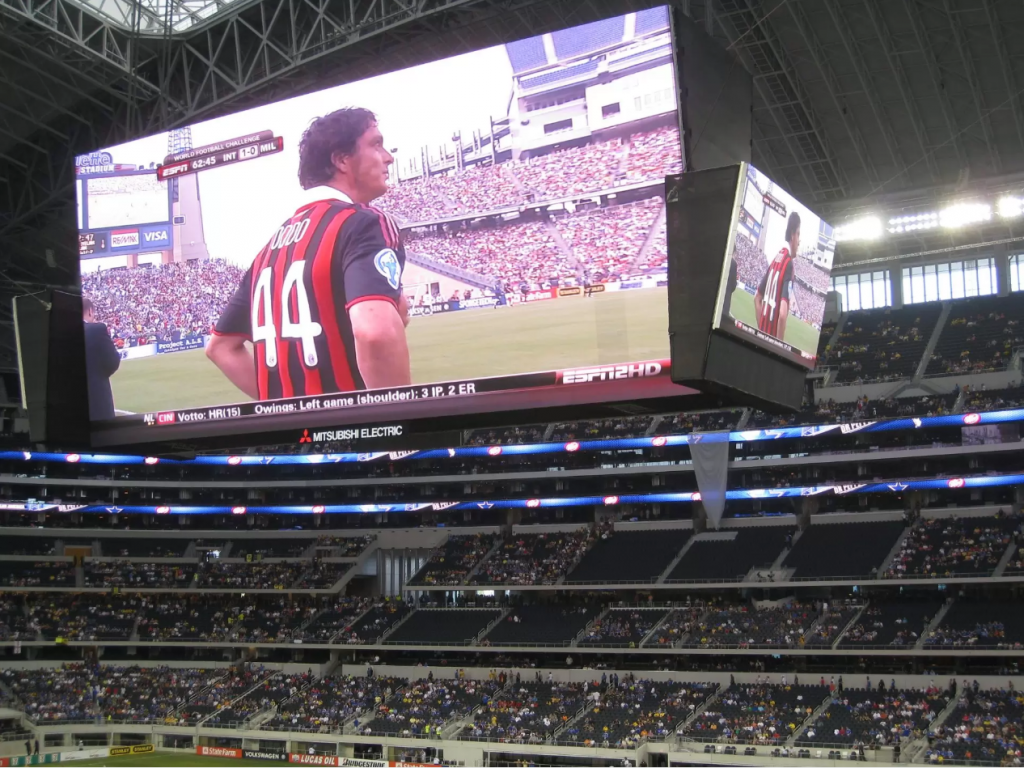
On the one hand, the central hanging (hoisting) LED display can be used to centrally display game information, game scores, timing information, and players’ technical statistics. On the other hand, it may be divided into multiple areas to display various statistical information, charts, animations, live broadcasts or rebroadcasts, and can also manage, publish, and update screens across the entire network within the system to interact with the audience. , so as to enhance the atmosphere of the scene.
4. LED strip display
As a supplement to the main screen of the stadium, the LED strip display shell is strip-shaped, specially designed for the arena to play strip videos, animations, and advertisements. The box is light in weight and easy to maintain, so as to meet the requirements of different installation environments.
5. LED bucket screen
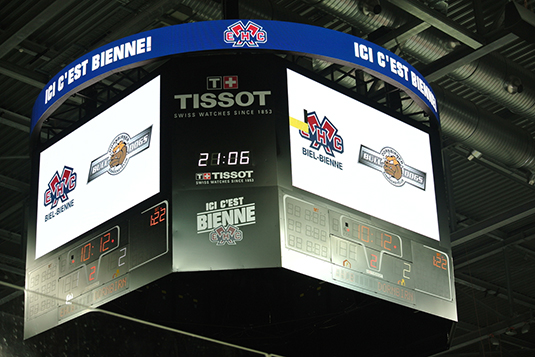
The square LED display located in the center of the stadium is called “bucket screen” or “bucket screen” because of its shape like a funnel. ㎡) as an example, it complies with the NBA competition standard and has the function of lifting and lowering (vertical movement) to meet the needs of competitions and performances. It is regarded as an application sample of LED bucket screens by the industry.
6. Small pitch LED display in coach lounge
The fine-pitch LED display in the coach’s lounge is an ideal solution for playing fast-moving sports content up close, suitable for coaching tactical layouts and game replays. Taking hola-led’s small-pitch LED display as an example, it can be customized to any display size, with vivid colors, seamless high-definition images, and one-key switching of 2D/3D display, creating a professional-grade broadcast display system for the team.
Finally, let me give you a brief introduction. JYLED is a company specializing in R&D, production, sales, and installation of LED electronic displays and LED series application products. It has successfully cooperated with many companies and has a very good industry reputation. If you have LED display needs, you can get in touch with us through the contact information below.